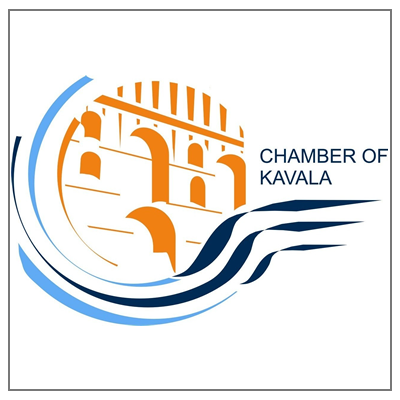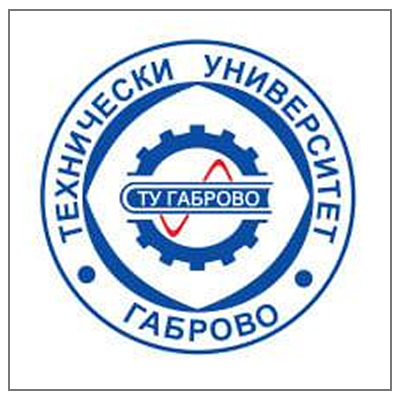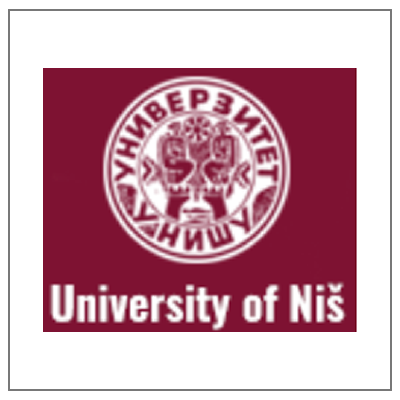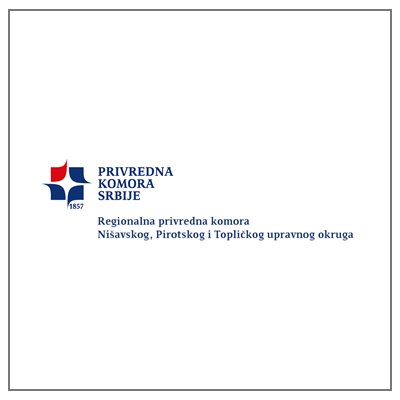
Industry 4.0 is completely transforming the manufacturing sector in EU imposing its principle of digitalization of industrial processes. As a result, the new cyber-physical production systems have a high impact on the labour force, especially on technicians and engineers. They require new hybrid “humans-machines” teams, where technicians and engineers should analyze big data, simulate production lines, coordinate robots, diagnose/repair complex automated systems. However, data show that industry employees are not ready to face the above new realities since they lack the “right” knowledge/skills demanded by the new industrial environment, i.e. appear underskilled, thus limiting their employability prospects and access to quality jobs. The Skills and Jobs Survey highlights that 43% of adult employees have recently experienced changes in technology they use at work and 47% have seen changes in their working methods. About 1 in 5 considers it very likely that several of their skills will become outdated in the next years.
Taking into account the above needs, their relevance at European level and emergency at regional level, as well as the high demand of flexible continuous TVET on behalf of companies within the partner regions, a consortium of 4 universities, 4 Chambers of Commerce and Industry and a VET provider from BG, GR, PL and RS was established so as to develop an Active Learning Community for Upskilling Technicians and Engineers in the sector of Machine Building and Mechatronics.






 DIRECT TARGET GROUPS:
DIRECT TARGET GROUPS:











